The content of the article
Natural fabrics have always been considered a luxury item. Previously, they could afford only the highest class people. Today, due to the availability and improved welfare of society, products made from natural fibers can be bought at a relatively low cost. The obvious representatives of luxury fabrics are silk. They have learned how to fake it carefully, so the question becomes: “How to detect counterfeit?”. Let's talk about everything in order.
Silk features
Natural silk is a smooth fabric with a glossy surface. The material shouts about wealth, skillful creation and deep history of origin.
In order to get a thread of silk, it is necessary to unwind the silkworm silkworm cocoon. It is a light butterfly of medium size, feeding mainly on mulberry leaves.
Today, on the basis of silk produce bedding, underwear, clothing, household textiles. Such wide popularity encourages unscrupulous manufacturers to supply fake products to the market.
Material of natural type is expensive, when compared with synthetics or even cotton. But, nevertheless, silk is in an accessible zone, practically everyone can get it if desired.
Most often, artificial "silk" is made on the basis of synthetic fibers or viscose. Very often, a fake is no different from a natural fabric in appearance, but it is much inferior in its properties and quality.
To identify fake material, it is necessary to study all types of silk and their main differences. Then we present an effective method by which you easily distinguish the original from the falsification.
Silk Subspecies
Velvet - it is also called silk velvet, because the basis of the fabric includes silkworm threads. Velvet is a soft fleecy surface, to which everything usually sticks due to a certain texture.Natural silk is often included in velvet fabrics, which makes the fabric so unusual, iridescent. Already in the 18th century, “natural” velvet with included silk threads began to be produced in our country.
Atlas - if this word is literally translated, the output will be “smooth”, “slippery”. The type of interlacing of satin threads with silk was first invented by the greatest minds of China. To this day, manufacturing technology is only being improved. There are several types of atlas: patterned, with silk interlacing, heavy, moire and others. Most often from the atlas sew ties, curtains, curtains, upholstery, shawls, church robes. Wedding designers prefer to sew dresses for brides from this fabric.
Silk veil - as can be understood from the name, the material is made from light silk threads. For the first time, a veil was produced in France, then the technology spread throughout the world. Translucent material is often decorated with embroidery, ornament, based on it they make a veil for the bride. The veil can be dyed, bleached, printed, colorless.
Chiffon - light in appearance, but extremely heavy in weight translucent material.It resembles a fine mesh, which favorably underlines the bride's wedding attire. Silk threads are introduced into chiffon to make the material shine, lightness, airiness and high cost. The touch fabric is uneven, sandy, matte with periodic reflections in the sun. Chiffon is ideal for sewing light summer blouses, dresses and sundresses.
Taffeta is a dense fabric that holds the shape perfectly. Translucent starch cloth before the final release on the shelves. Taffeta is used to make bridal veils and other types of products that require additional form support.
Batiste silk - the process is extremely difficult to describe. First, thin threads of silk are twisted into dense and fairly voluminous cords, then, on the basis of the obtained raw materials, the canvas is made. Batiste is very durable, but with all this transparent and light. It was first invented in the 13th century in France, the name of the fabric was due to its creator - Francois Battiste. It is much easier to work with silk cambric than with natural 100% silk. At the same time, the price of the subspecies is several times lower.
Plain dyed silk - the highest quality raw material.In the process of unwinding the threads, it turns out to collect intact fibers, so that the final web comes out rather dense, but at the same time light. Female sets, underwear, expensive bedding are made of this type of silk.
Brocade is a matter that is additionally draped with metal threads with silver, gold or other imitating materials. Fibers have a silk base, most often used for decoration in artistic terms. Previously, brocade was woven with silk and real gold threads, but now it is difficult to find a canvas with precious inserts.
How to distinguish silk from fake
- Focus on the price, in most cases, quality material can not be cheap. Natural silk many times more expensive than synthetic fakes. This material is pleasant to the touch. It flows easily over the arms, soft and gentle.
- As for the fake, it is much colder and tougher. Real silk is famous for its unique quality. In contact with a person, the material quickly acquires the temperature of his body.
- Also, real silk is very hygroscopic, so it can be distinguished from a fake. Synthetic fabric almost immediately get wet. As for color, natural silk has a muffled iridescent color. It is more natural.
- Artificial fabric is also poured, but it does not change shades. Virtually all natural products crumple when squeezed, silk is no exception. And on this product soft folds are formed, which can be easily smoothed.
- Artificial silk is wrinkled much more noticeably; in the process of wearing clothes, it will not straighten, unlike the original. On non-natural fabric there are creases that are almost impossible to smooth out even with an iron.
- Products made of synthetic silk on the edges have a clear flowability of the material. When choosing a natural composition should rely on the pleasant sensations. Quality silk is famous for its unique softness and structure. It is pleasant for the body.
- Natural material is gentle and in a sense warm with flowing structure. Artificial products do not possess such features. Non-natural silk is always less soft and cold to the touch.
- If you crush in your hands two materials, natural and artificial, then in the first case, a quality product is hardly remembered, unlike forgery. Also real silk when breaking the thread has a smooth structure. Artificial material will be pushed.
- The naturalness of the products can be tested for strength. To do this, you need to take 2 threads of different materials. Dampen them and try to break. Wet and dry threads of real silk are equally difficult to break. Artificial wet material breaks easily.
- The naturalness of the material is checked by burning. It may seem that this method is unacceptable, but on the other hand it is reliable. If you ignite two types of materials, the flame and smell will be significantly different from each other.
- Natural silk will be curled in a dense lump. The thread will quickly go out and smell like a burnt nap. The artificial product will burn to the end, and the smell of burning synthetic will appear. Also, things from unnatural silk do not lose their shape and size with long wearing. Quality material sits down a bit.
- Naturalness is verified by burning in direct sunlight. Counterfeit defies such a factor.This silk after a certain period begins to lose its original appearance.
The naturalness of silk can be tested in several reliable ways that have been described above. Before you buy silk, think carefully about whether you need it. Natural material requires scrupulous care. If you can properly care for things, they will give a pleasant feeling. Also, when choosing such products you need to consider your own budget.
Video: how to distinguish natural silk from artificial

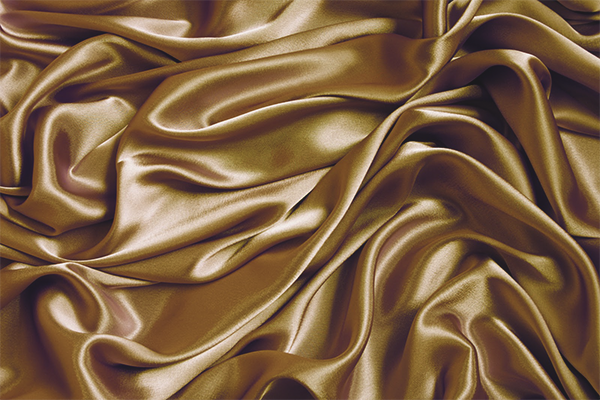
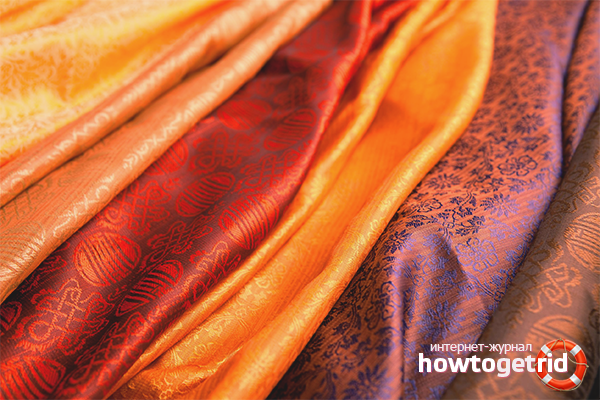

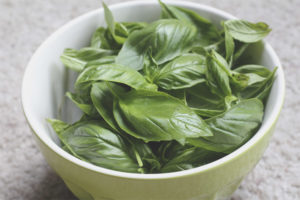

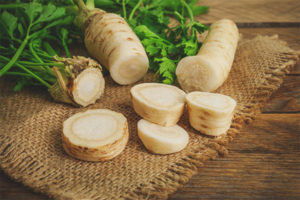
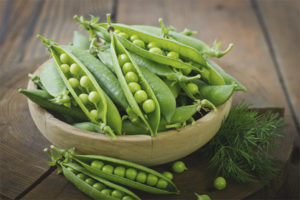
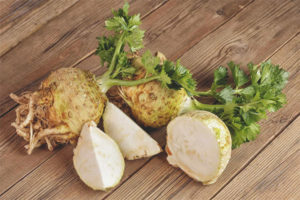
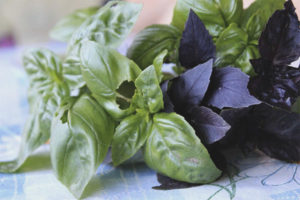
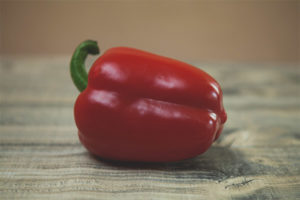
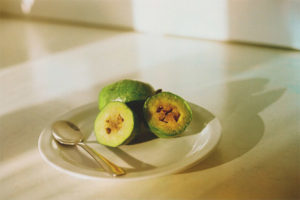
To send